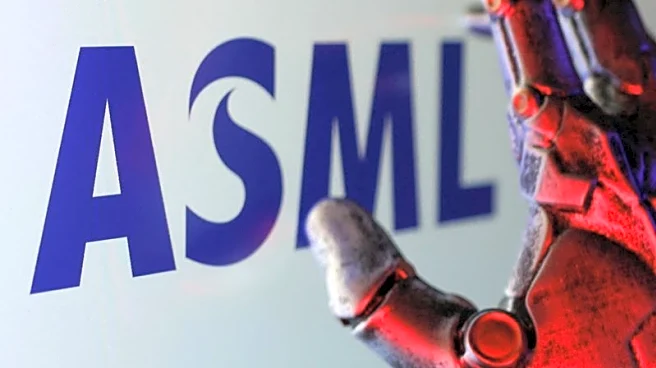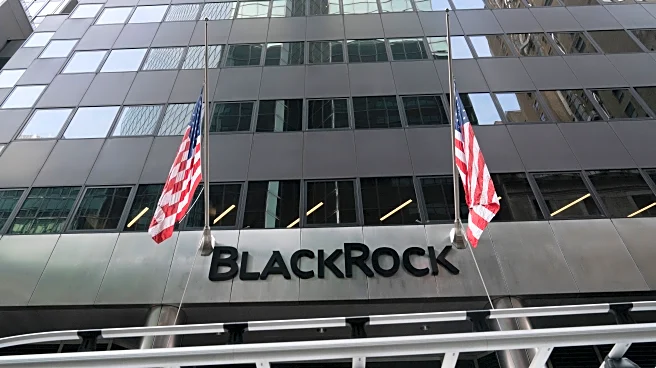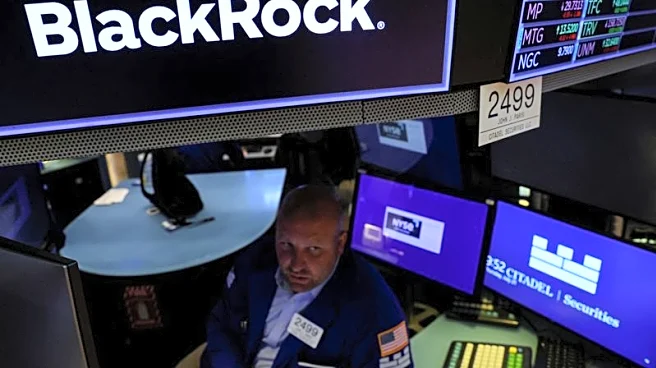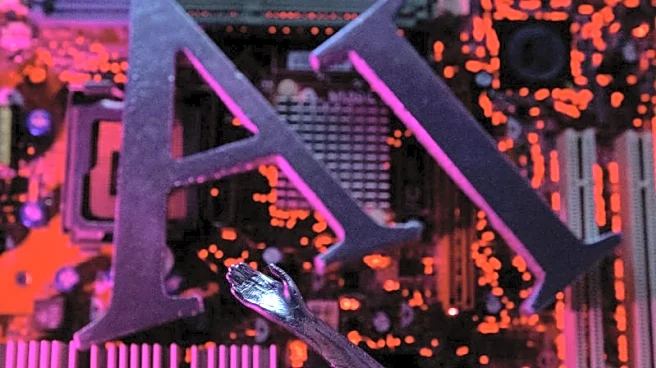What's Happening?
The rapid growth in AI investments has sparked debates about the sustainability of the current stock market trends. Analysts and investors are increasingly concerned about the possibility of an AI-driven
stock market bubble, reminiscent of the dot-com era. The Shiller P/E ratio, a traditional valuation indicator, is currently at a high level, suggesting potential market instability. Prominent figures like Jim Chanos have warned about the circular nature of AI deals and their economic returns. Despite these concerns, some argue that the companies leading the AI revolution, such as Nvidia and Microsoft, are financially robust, with strong cash flows and profit margins.
Why It's Important?
The implications of an AI-driven stock market bubble are significant for the U.S. economy and investors. If the bubble bursts, it could lead to substantial financial losses and market instability, affecting both large corporations and individual investors. The concentration of market power in a few major companies increases the risk of a rapid market downturn if any of these companies falter. Additionally, the sustainability of AI investments is crucial for long-term economic growth, as overvaluation could lead to misallocation of resources and hinder technological advancements.
What's Next?
Stakeholders are closely monitoring the situation, with potential adjustments in investment strategies and valuation metrics. Financial institutions may reassess their approaches to AI investments, focusing on long-term profitability and economic returns. Investors are advised to remain cautious and consider traditional valuation indicators alongside modern metrics. The debate over the existence of an AI bubble is likely to continue, influencing market sentiment and investment decisions.
Beyond the Headlines
The ethical and economic dimensions of AI investments are complex, with potential impacts on employment and industry dynamics. The integration of AI technologies could lead to shifts in labor markets, requiring new skills and potentially displacing certain jobs. Furthermore, the concentration of power in a few tech giants raises questions about market competition and innovation.













